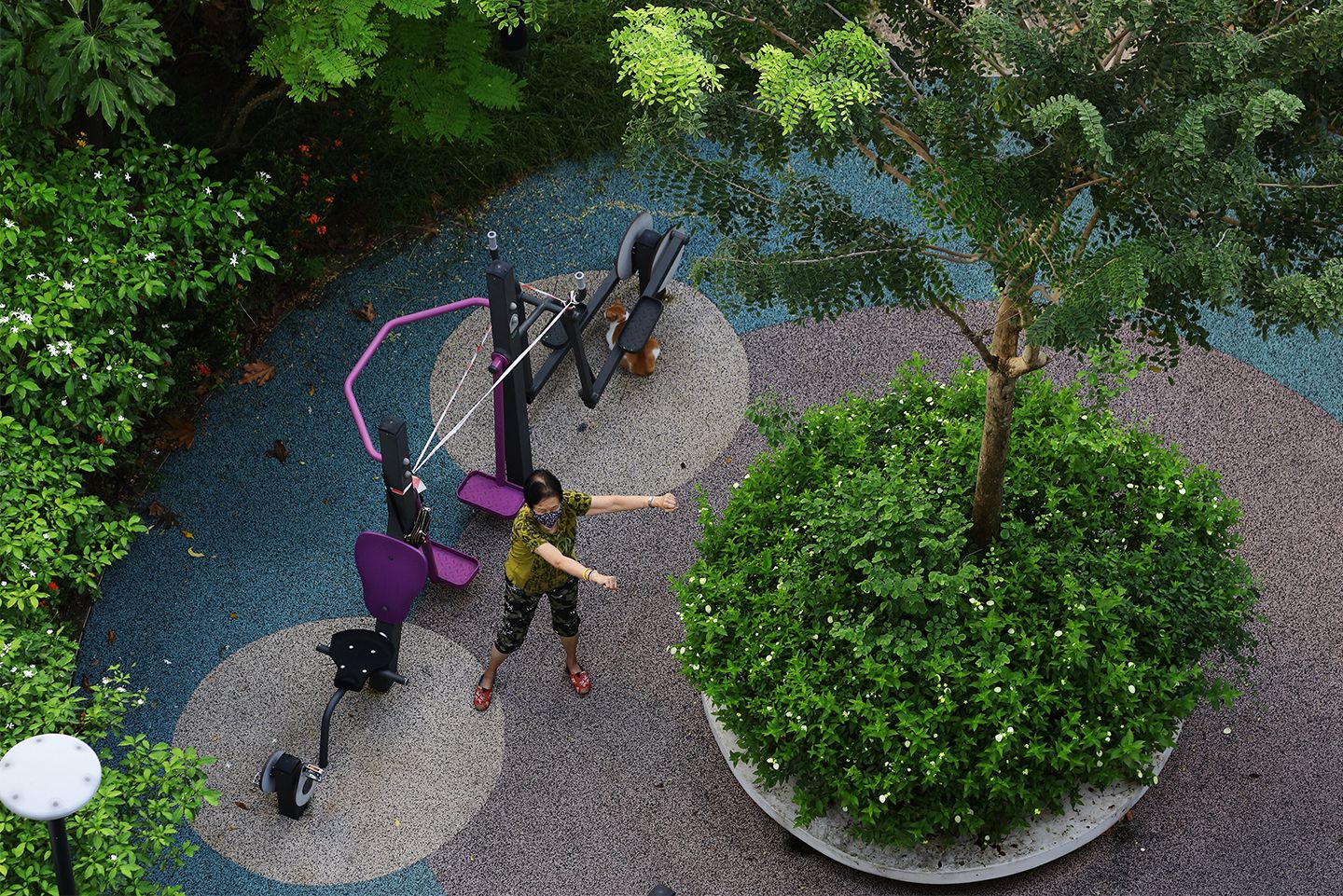Tatler answers all your burning questions about working out with a face mask on
Covid-19 has been around for quite a while now and we have officially been wearing face masks as we go about our daily lives for well over a year now.
However, the one thing that has always been a little bit ambiguous is when and if we should be wearing a mask while exercising.
Related: Singapore Updates Covid-19 Mask Requirements: 4 Trendy Pieces To Wear
As Singapore moves into the second stage of Phase 3 (Heightened Alert) on June 21, we will be allowed to resume indoor, mask-off sports activities. We will also be allowed to participate in indoor and outdoor sports classes with a maximum of 30 people.
However, face masks are still required for outdoor exercises unless you are running and because of that, people should be careful and not push themselves too hard when exercising.
If you are wondering how safe it is or when you should have your mask on and off, keep reading to find out everything you need to know.

What should I look out for before deciding what kinds of exercises I should be doing?
Before you consider if you should be running, doing yoga, zumba or more with the mask on, make sure you take note of your personal medical history.
If you have any underlying conditions such as asthma or a heart or lung condition, you may want to take it easy and work out at home where you don't have to wear your mask or do light exercises outside with your mask on.
Remember that working out with a mask on can increase the work of breathing and could cause discomfort or difficulties when it comes to attaining peak heart rate or exercise intensity so you need to be careful.
Is it safe to work out with a mask on?
Said Alex Salihin, the owner of Alex Fitness Consultancy: "As long as you’re not feeling light-headed or incredibly out of breath, training with a mask on is absolutely doable."
He added that your heart rate, respiratory rate, blood pressure, oxygen level and time of exhaustion are not significantly affected by wearing a mask during moderate to strenuous aerobic physical activity. However, he would not recommend trying to run or do a high-intensity workout with a mask on.
"If you must perform high-intensity workouts, it’s probably wiser to maintain your distancing and follow the necessary precautions if there are people around," he said.
Are there benefits to working out with a mask?
There are benefits. However, they are minimal and also highly unlikely that the majority will benefit from this kind of training.
"Some people believe that it forces your heart and lungs to work harder due to a lack of oxygen intake. However, I don’t see why or how the general population would benefit from this type of training. If you want to train hard—do so with social distancing and without having to wear a mask [so you can breathe normally]," said Salihin.
Can it be dangerous if I try to work out with a mask on?
Yes, it certainly can if you overdo it or if you have an underlying health condition. Some of the dangers could be shortness of breath, dizziness or even an asthma episode.
"Activities that are highly demanding and that produces lactic acid require more oxygen in our bodies to facilitate the movement of this acid and oxygen. With a mask on, it becomes incredibly difficult to do so. It hinders performance and can be risky for some. Some people might also not know when to regulate themselves and having a mask on while performing very demanding activities could bring about more risk than benefits," said Salihin.
Clarence Teo, head trainer at F45 Holland Village, added: "Difficulty or inconsistent breathing leading to hyperventilation and sudden hand jerkiness are all symptoms of Hypercapnia that you should look out for while wearing a mask and exercising."
If you have any of these symptoms, stop exercising and wait for it to pass. If it does not, seek medical attention immediately.
